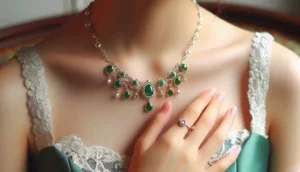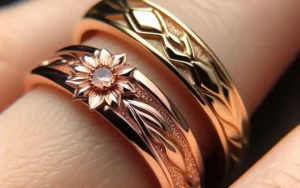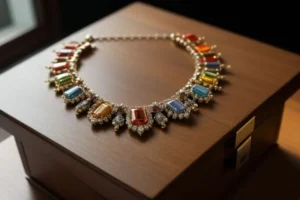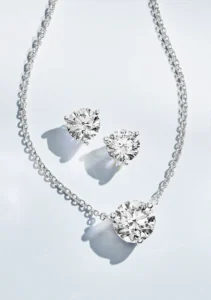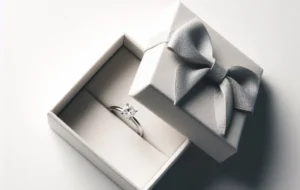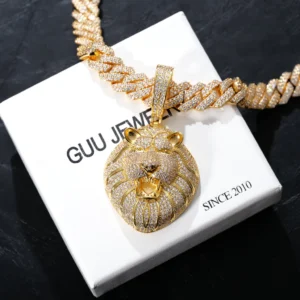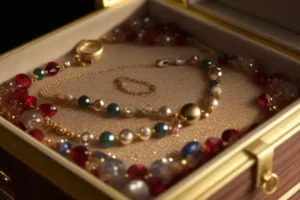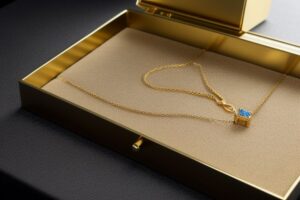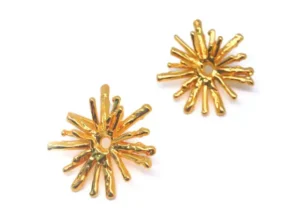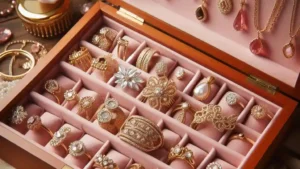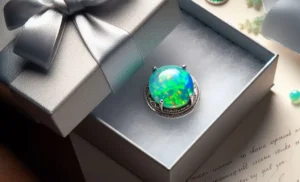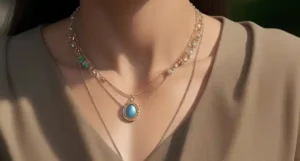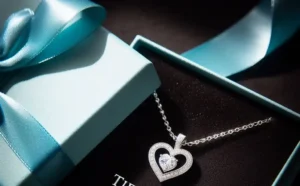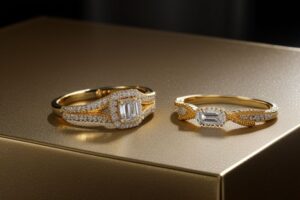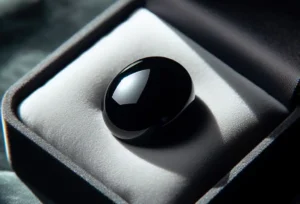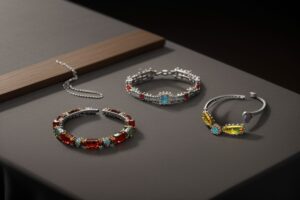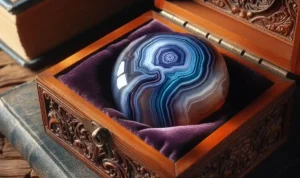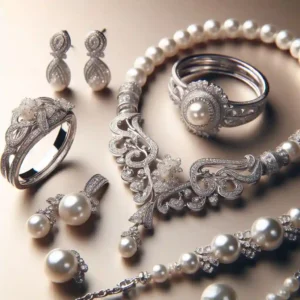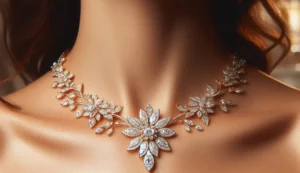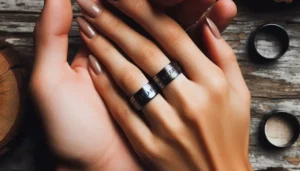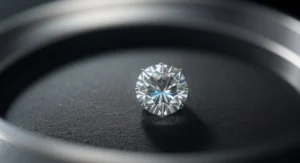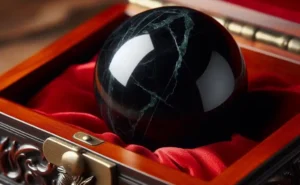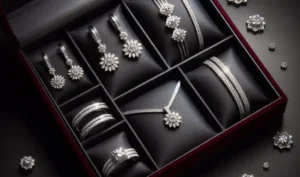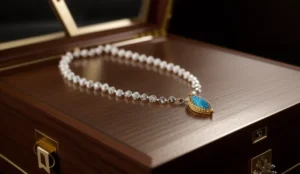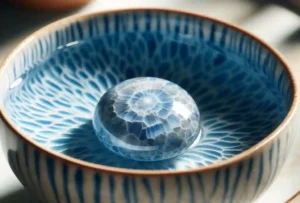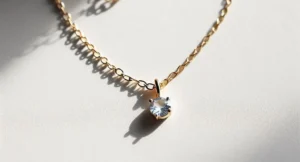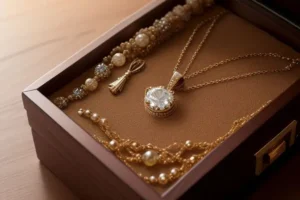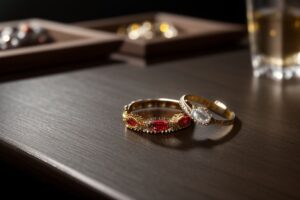How to Test Gold with Bleach at Home? In the enchanting world of jewelry, gold holds a prestige that is both timeless and universal.
This blog post delves into an unconventional yet accessible method: testing gold with bleach at home.
Through a detailed analysis, we explore the scientific underpinnings, safety precautions, and procedural steps of this intriguing test, offering insights for both the novice and the seasoned jewelry enthusiast.
How to Test Gold at Home With Bleach?

**Gather Your Materials**
- Before beginning, ensure you have bleach, protective gloves, eye protection, a ceramic or glass dish, and, of course, the gold piece you wish to test.
**Set Up a Safe Testing Area**
- Choose a well-ventilated space to perform the test, such as near an open window or under a ventilation hood, to avoid inhaling bleach fumes.
**Prepare the Gold Piece**
- Clean the item with a gentle soap and water solution and dry it thoroughly. This step ensures that surface contaminants do not interfere with the test results.
**Conduct the Test**
- Place the gold piece in the ceramic or glass dish.
- Carefully pour enough bleach over the gold to fully cover it. Observe the item closely without touching it.
- Look for any immediate reactions, such as bubbling, color change, or the release of any fumes from the interaction with the bleach.
**Final Steps**
- After observing for a few minutes, carefully remove the gold piece from the bleach using plastic tweezers or a similar tool to avoid direct contact.
- Rinse the item thoroughly under running water to remove any bleach residue.
- Dry the gold piece and inspect it for any signs of reaction, which may indicate non-gold metals or impurities.
Understanding the Fundamentals of Gold Testing
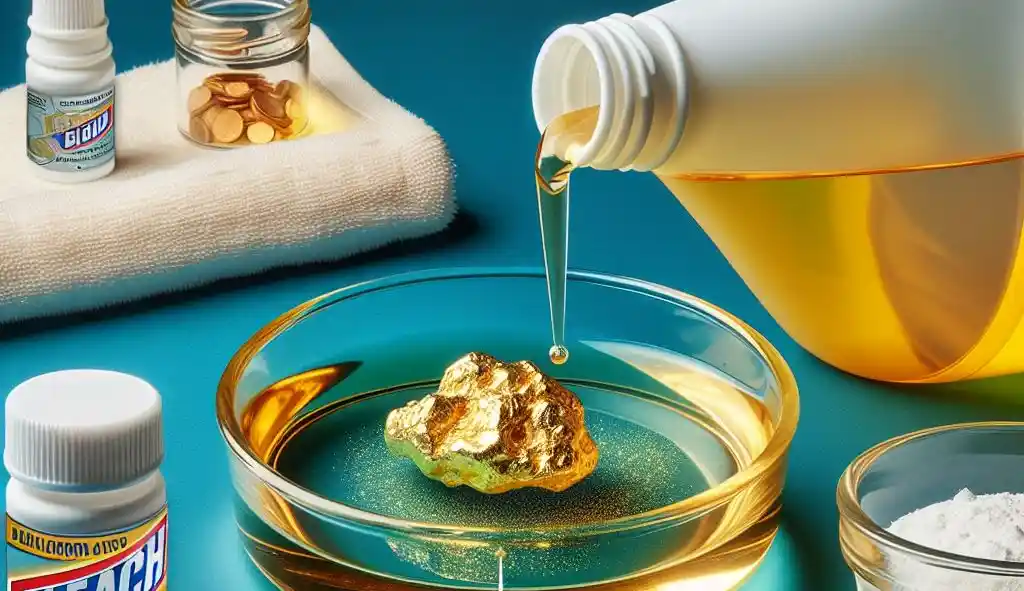
In the realm of gold testing, it’s paramount to comprehend the fundamental principles that govern the assessment of this precious metal’s purity.
Gold’s valuation and authenticity hinge upon its karat rating, which denotes the proportion of gold in relation to other alloyed metals within a piece.
The karat system spans from 24K, indicative of pure gold, to lower karat levels, where gold is alloyed with other metals for enhanced resilience and varied aesthetics.
This intrinsic aspect of gold jewellery influences not only its market value but also the outcome and interpretation of various testing methods, including the bleach test.
A profound understanding of these foundational concepts is essential for accurately gauging the results of any home testing procedure.
It equips one with the analytical tools to discern the subtle nuances that differentiate genuine gold from less valuable materials. It sets the stage for a more informed evaluation of jewellery’s authenticity.
The Science Behind Gold and Bleach Interaction
At the heart of the bleach test lies gold’s exceptional resistance to chemical reactions, a characteristic that separates it from other metals.
Gold, with its unique electron configuration, exhibits a remarkable stability that prevents it from reacting with most substances, including the chlorine found in bleach.
This stability is a result of gold’s inability to easily lose or gain electrons, making it an inert element under normal conditions. Chlorine, a highly reactive gas, can aggressively interact with and degrade most metals by forming metal chlorides.
However, gold’s steadfastness in the face of such chemical assaults allows it to remain unaltered when exposed to bleach. This reaction—or lack thereof—serves as the foundational principle for utilizing bleach as a means to test gold’s authenticity.
By leveraging this understanding of gold’s chemical behaviour, one can approach the bleach test with a clear grasp of why genuine gold exhibits no significant change when subjected to this potent household chemical, providing a window into the fascinating interplay between gold’s prized properties and the reactive world around it.
Preparing for the Bleach Test – Safety First
Before embarking on the gold testing process with bleach, prioritizing safety is essential. It is imperative to conduct this experiment within a well-ventilated environment, ensuring that any potentially harmful fumes are dissipated effectively.
Protective gloves are a necessity, safeguarding your skin from the corrosive effects of bleach. Similarly, eye protection is non-negotiable, as accidental splashes can cause severe irritation or damage.
The significance of these precautions cannot be overstated, as they are foundational to a secure and responsible testing procedure.
Moreover, confirming the cleanliness of the gold piece in question is crucial, removing any variables that could obscure the test’s accuracy.
This preparation phase is a vital step in the process, setting the stage for a safe and informative testing experience, underlining the importance of meticulousness and caution in the pursuit of authenticity.
Step-by-Step Guide to Testing Gold with Bleach
To commence the bleach test, first, locate a dish that is either ceramic or glass to ensure no unwanted chemical reactions occur. Place your selected gold piece inside the dish with care. Proceed to pour bleach over the gold item, covering it entirely.
This step requires your undivided attention as you watch for any reactions. Genuine gold will maintain its composure, unaffected by the bleach. At the same time, other metals might reveal themselves through discoloration or the formation of bubbles, a result of their interaction with the chlorine content in the bleach.
Allow the gold item a few moments in this environment, observing any changes or lack thereof. Following this observation period, it is crucial to remove the gold piece from the bleach.
Rinse it thoroughly under a steady flow of water to ensure all bleach residues are eradicated. This process, while simple, demands a keen eye and a careful approach to ascertain the authenticity of gold safely and effectively.
Interpreting the Results – What Does It Mean?
Upon concluding the bleach test, interpreting the results accurately is crucial for understanding the implications regarding the gold’s authenticity.
If your gold item emerged from its bleach bath unchanged, showcasing no discoloration or damage, this steadfastness aligns with the expected behavior of genuine gold.
Gold’s remarkable resistance to chemical reactions, including its interaction with the chlorine found in bleach, underscores its authenticity in such cases.
Conversely, should the item exhibit visible changes—such as discoloration, the emergence of bubbles, or any form of surface degradation—these reactions suggest that the piece may not be pure gold. Instead, it might contain other metals or alloys that react with the bleach, revealing their susceptibility to chemical interactions unlike gold’s inherent stability.
It’s essential to approach these results with a nuanced perspective, acknowledging the test’s inherent limitations. While the bleach test can offer valuable initial insights into the metal’s composition, it does not provide a definitive conclusion on the gold’s karat level or fully guarantee the item’s purity without further examination.
For a comprehensive understanding of your jewelry’s authenticity and value, additional testing methods and, potentially, professional appraisal may be necessary to draw conclusive assessments.
Limitations and Considerations of the Bleach Test
The bleach test, while offering a glimpse into the authenticity of gold, is not without its drawbacks. This method falls short in accurately determining the karat grade of gold, a crucial aspect of its value and purity.
It’s also important to note that certain gold-plated items, depending on their underlying metal composition, may not react in a manner that conclusively reveals their nature.
Thus, the bleach test might not detect sophisticated imitations where non-reactive metals are used as a base beneath the gold plating.
Furthermore, there is an inherent risk involved in applying such a harsh chemical to jewelry. Items with delicate features or those that carry significant emotional value might suffer irreversible damage, affecting not just their aesthetic but potentially diminishing their market worth.
This testing method, therefore, should be approached with discernment, acknowledging its utility in providing initial insights rather than definitive answers.
It serves as one tool among many in the quest to ascertain the authenticity of gold, reminding us of the necessity for a nuanced and comprehensive approach to jewelry evaluation.
Complementing the Bleach Test with Other Home Methods
For individuals seeking to further substantiate the authenticity of their gold jewelry beyond the bleach test, integrating additional home-based methodologies can enhance the depth of analysis. The magnet test, for instance, provides insight into the magnetic properties of the metal in question.
Genuine gold is not magnetic, and any attraction observed may indicate the presence of other metals within the piece. Additionally, examining the hallmark is a critical step.
Hallmarks, often found on the inside surface of jewelry pieces, indicate the karat grade and often the maker’s mark, providing clues to the item’s origin and gold content.
These methods, when used in tandem, afford a more holistic view of the jewelry’s composition. It’s important to remember, however, that while these home testing strategies can offer valuable preliminary insights, they are not foolproof.
Each test has its limitations and may not fully capture the complexities of gold’s authenticity or value. As such, they should be regarded as initial steps in the investigative process, leading up to a professional appraisal for definitive assessment.
When to Seek Professional Appraisal
Navigating the intricate path of assessing gold’s authenticity and value often leads to a juncture where the expertise of a professional appraiser becomes indispensable.
These skilled individuals bring to bear advanced diagnostic tools and methodologies, such as electronic gold testers and X-ray fluorescence scanning, providing a level of precision and insight that far surpasses home-based tests.
Their adept analysis can unravel the complexities of gold’s composition, offering a definitive verdict on its purity and karat rating.
It is particularly prudent to engage a professional appraiser when dealing with items of significant financial or sentimental worth, or prior to embarking on substantial transactions involving gold jewelry.
Their authoritative evaluation serves as a robust foundation for making informed decisions, ensuring that the intrinsic value and authenticity of your cherished possessions are unequivocally established.
FAQs
Q: How accurate is the bleach test for gold?
A: The bleach test offers a preliminary insight into whether a piece of jewelry might be genuine gold by leveraging gold’s resistance to chemical reactions. However, it is not a definitive measure of purity or karat grade. For accurate composition and valuation, additional testing or professional appraisal is advised.
Q: Can the bleach test damage my jewelry?
A: Yes, applying bleach to jewelry carries a risk of damage, particularly for delicate or intricately designed items, and those with sentimental value. It’s recommended to use this method cautiously and consider professional alternatives for valuable pieces.
Q: Are there safer home tests for gold?
A: Other less invasive home tests include the magnet test and checking for hallmarks, which can provide clues about the metal’s composition without risking chemical damage. These methods, while safer, also have their limitations in determining gold authenticity and purity.
Q: When should I definitely opt for a professional appraisal?
A: If your jewelry has significant financial value, emotional importance, or before making any major transactions involving gold, seeking a professional appraisal is highly recommended. Experts use advanced tools for a more accurate assessment of gold’s purity and value.


